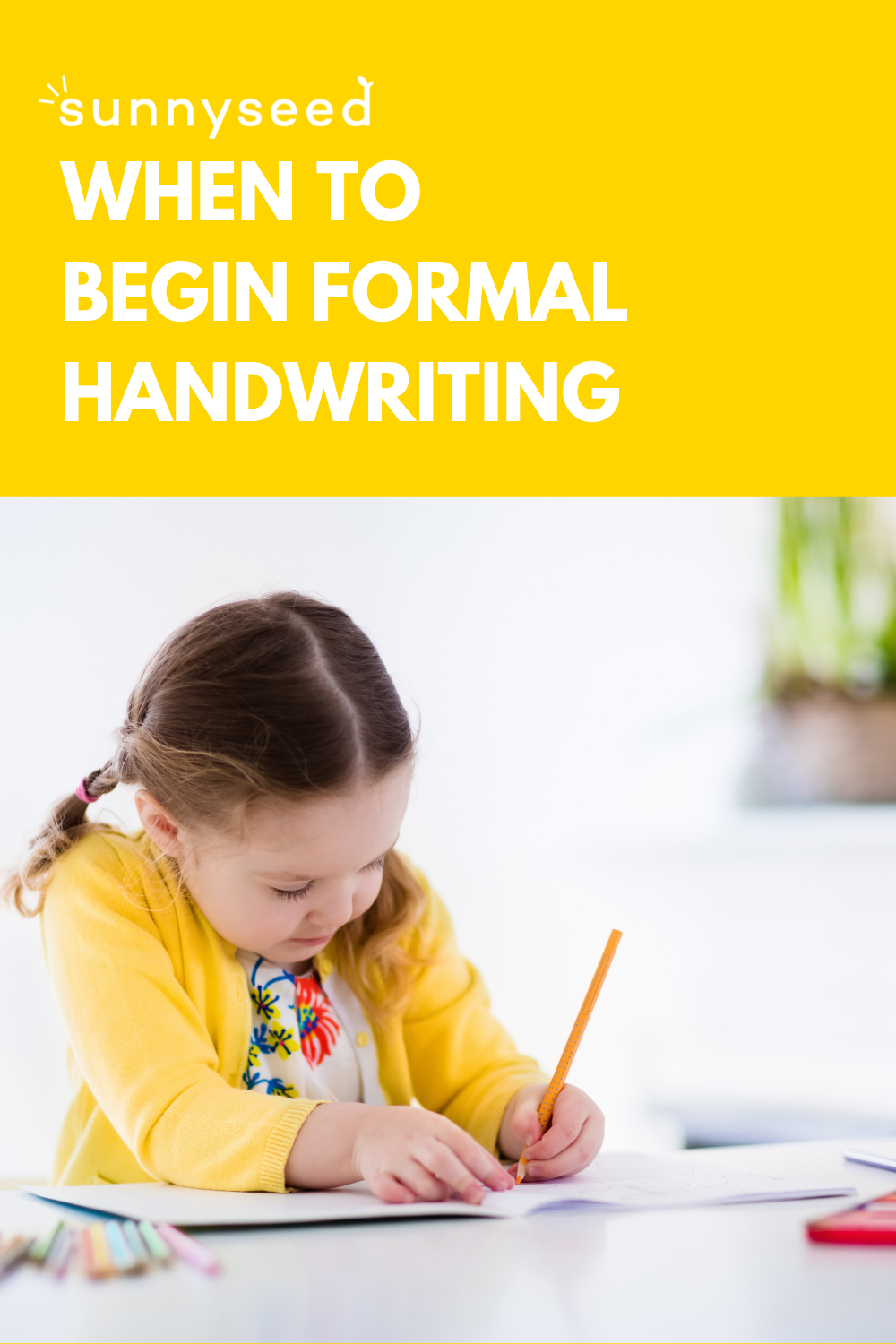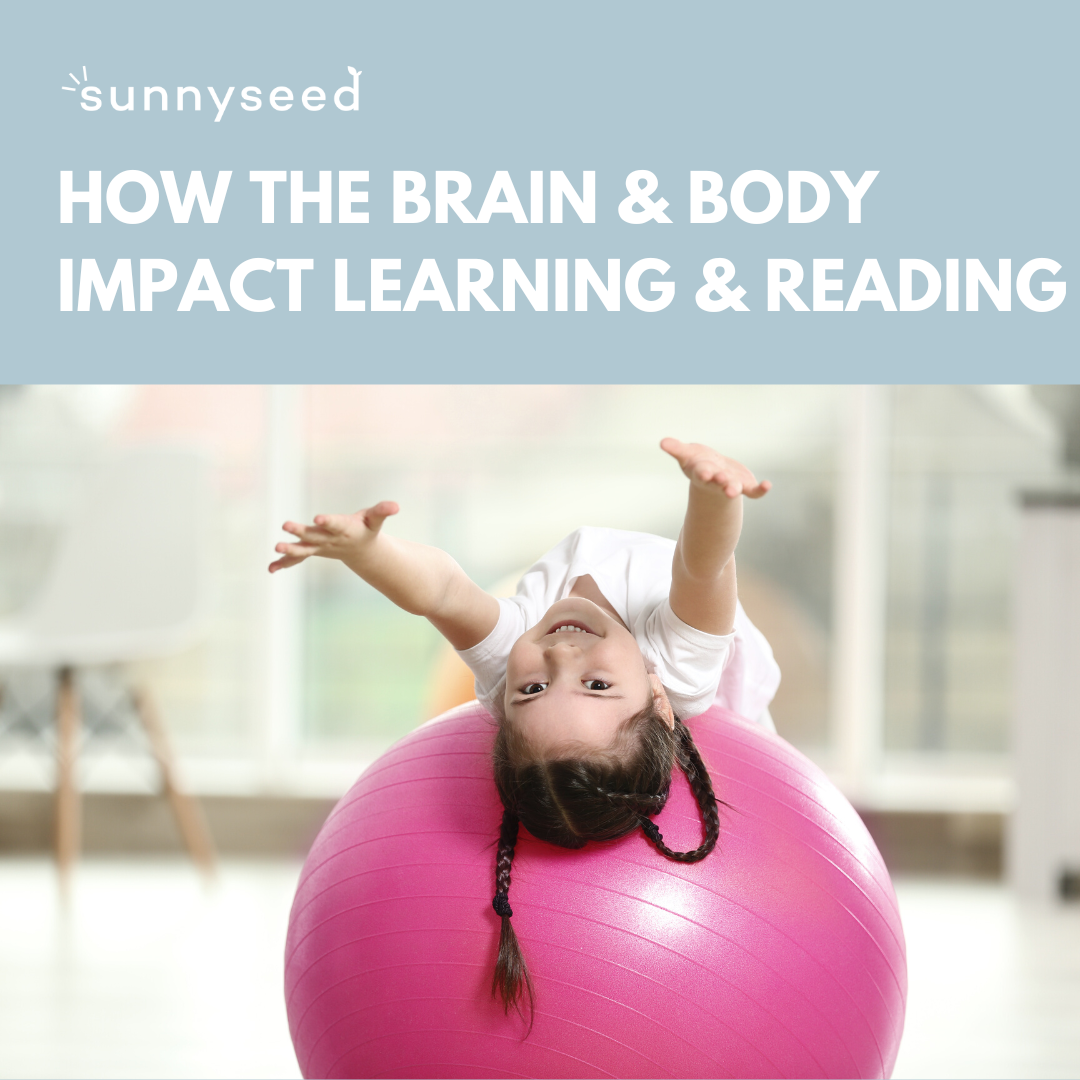When to Begin Formal Handwriting
Handwriting is an essential life skill and an indispensable part of school life, helping children strengthen their fine motor and visual skills, improving memory and allowing deeper engagement with new material. But at what age should children attempt to properly begin handwriting lessons? Spoiler alert: it’s not as early as you’d think!
HANDWRITING IS A COMPLEX SKILL
Rather than a single milestone, handwriting is a skill that is developed over time, where foundational competencies need to be in place before more complicated ones can be managed. Fine motor skills, memory, language, visual acuity and concentration all need to come together. Some children will learn to write sooner than others, but developmentally speaking, it’s not something we should rush! As you can see from the x-rays below, three year olds hands are not fully developed.
Pushing a child towards formal handwriting and letter formation too early can cause a great deal of frustration, discomfort, and even poor habits that are difficult to break down the road. As with any skill, we want learning to be a fun, rewarding experience!
“Before we ever put a pencil in a child’s hand, those hands should dig, climb, press, pull, slush, twist, and pinch a wide array of environments and a wide variety of materials.”
PRE WRITING SKILLS
FINE MOTOR SKILLS
The coordination of small muscles of the hands.
GROSS MOTOR SKILLS
The coordination of large muscles of the body required to perform everyday functions. They affect posture and endurance of many school activities.
HAND & FINGER STRENGTH
An ability to exert force and necessary muscle power for controlled movement of the pencil.
CROSSING THE MIDLINE
The ability to cross the imaginary line running down the body that divides the body into left and right sides; integrates left and right brain hemispheres.
PENCIL GRASP
The efficiency of how the pencil is held.
VISUAL PERCEPTION
The brain’s ability to interpret and make sense of visual images seen by the eyes, such as letters and numbers.
HAND EYE COORDINATION
The ability to process information received from the eyes to control, guide and direct the hands in the performance of a task.
BILATERAL COORDINATION
Using two hands together with one hand leading (e.g. cutting with scissors or holding and moving the pencil with the dominant hand while the other hand helps by holding the writing paper).
HAND DOMINANCE
The consistent use of one (usually the same) hand for task performance, which allows refined skills to develop; right handed or left handed writer.
HAND DIVISION
Using just the thumb, index and middle finger for manipulation, leaving the fourth and little finger tucked into the palm stabilizing the other fingers but not participating.
UPPER BODY STRENGTH
The strength and stability provided by the shoulder to allow controlled hand movement for good pencil control.
OBJECT MANIPULATION
The ability to skillfully manipulate tools (including holding and moving pencils and scissors) and controlled use of everyday tools.
MEMORY
The ability to recall the shape, formation, and associated sound of each letter.
SPATIAL AWARENESS
The ability to perceive the world around one's self and position themselves or objects accordingly.
DIRECTIONAL CONCEPTS
Understanding words are written from left to right, top to bottom. Also includes the ability to recognize shapes and diagonal lines.
SENSORY PROCESSING
The way the brain receives, processes, organizes, and responds to sensory input in the environment.
PROGRESSION
Toddlers
From age 2, children will scribble and draw with crayons. Encourage the necessary fine motor skills (such as squeezing and pinching) by supplying plenty of easy-to-hold writing implements, like chalk or chunky crayons. Tip: break crayons in half so kids naturally gravitate towards the proper grasp
Preschoolers
Children start drawing lines, circles and simple stick figures. Free draw is great, but I personally don’t advise formal handwriting (letter formation) instruction until age 5-6. At this stage, keep things concrete, for example make 3D letters from clay or draw shapes in the sand.
Formal writing education at school
Using paper and pencil to form letters words on a page will begin in school around age 6, and your child will learn to spell and produce legible, uniform writing, including cursive after a time. Support their learning by giving them tracing activities (especially anticlockwise circles). After around 2 years of formal schooling, most children can typically write out longer stories. If your child is fatigued, it may be helpful to speak with an OT or PT for an evaluation.
HOW TO ENCOURAGE WRITING SKILLS
Learning to write is actually hard work! Be patient and give your child time to practice, and remember to praise their efforts and achievements. Reading and writing skills develop in tandem; even the most reluctant child will take an interest in writing if they find the subject relevant to them. No matter their age, make sure your child has an inviting area to sit and write.
Ask your child to read or compile shopping lists, or write cards to family members
Lightly write a letter or two and ask your child to trace over it with their pencil
Say the letter’s name and sounds as you trace/write
Make up little stories or songs about the starting point for each letter, and how to form it correctly (children in more concrete developmental stages will understand this better)
Write in the sand with a stick, use pebbles to spell out letters or form the letters in the air with the hands, during a fun dance
Have a wide range of writing materials to engage tactile awareness
Communicate with the child’s teachers so you’re on the same page and continuing appropriate learning at home
Build foundational skills long by incorporate age-appropriate activities into everyday play
I am not a doctor and this information should not be considered personalized medical advice.















